When I create a new branch, if I set "Configure upstream for push and pull" a warning appears (circled in blue in the screenshot). Why is that not recommended ? What potential problems or disadvantages does that have ?
I ran that warning through search engines and searched for it on https://git-scm.com and https://www.eclipse.org/egit/ but I found nothing, and when I click the "?" help button in that dialog nothing happens.
Also, if I wanted to follow the suggestion from that warning and "use remote branch", how do I do that ? Except of course the "Configure upstream for push and pull" checkbox, nothing that I change in that dialog causes the warning to disappear.
